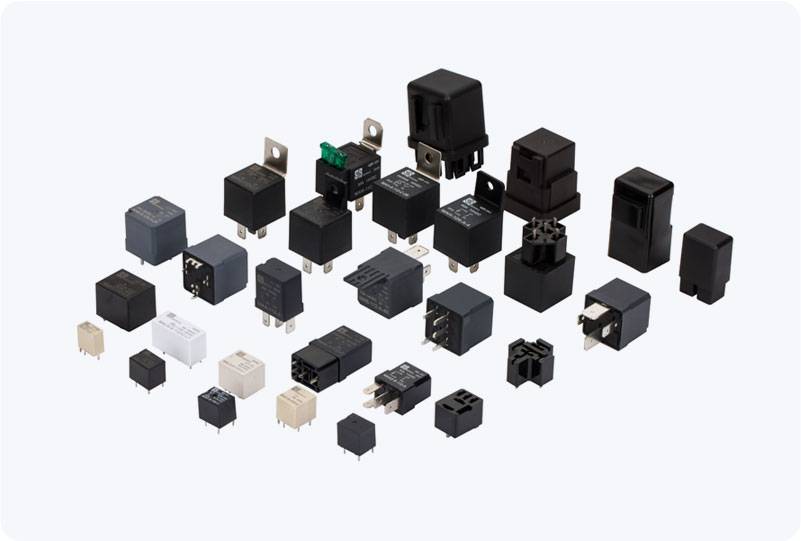In today’s world of electronics, the demand for safe and efficient control mechanisms is ever-increasing. One versatile solution that addresses this need is the Optocoupler Protected Relay Module. This module effectively bridges the gap between low-voltage control signals and high-voltage loads, ensuring both safety and reliability in various applications. This article provides an in-depth look at the Optocoupler Protected Relay Module, exploring its components, working principles, advantages, and applications.

Components At the heart of the Optocoupler Protected Relay Module are two primary components: the optocoupler and the relay. Optocoupler: Also known as an opto-isolator, the opticoupler allows for electrical isolation between two circuits. It typically consists of a light-emitting diode (LED) and a phototransistor. When a voltage is applied to the LED, it emits light, which activates the phototransistor on the other side. This mechanism prevents direct electrical contact, thus protecting the control circuit from high voltages. Relay: The relay is an electromechanical switch that can control a high power load using a low power signal. It consists of an electromagnet, an armature, and contacts. When the relay coil is energized, it creates a magnetic field that pulls the armature, either closing or opening the contacts. Relays can handle large currents and can switch various types of loads, making them suitable for a wide range of applications.